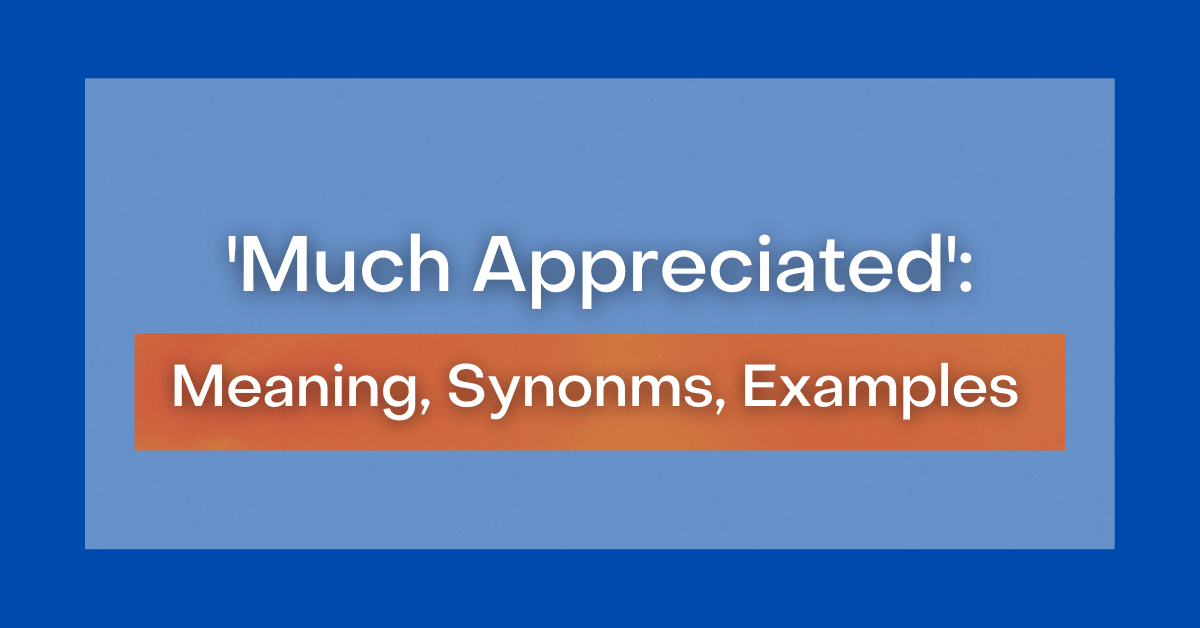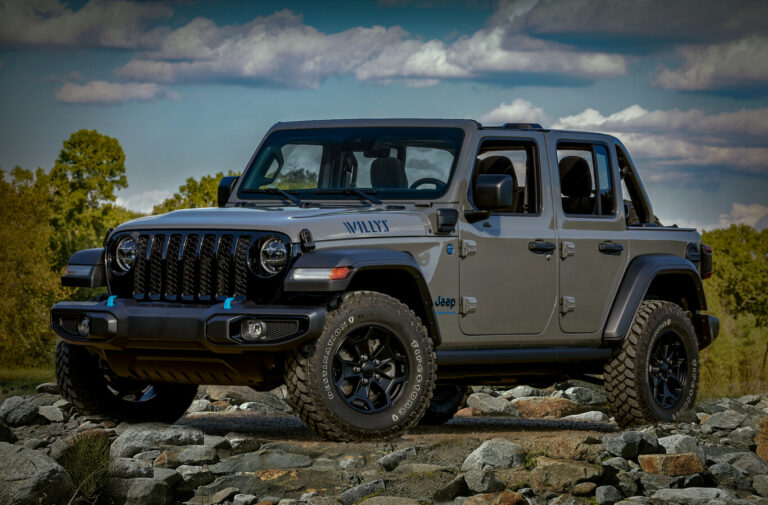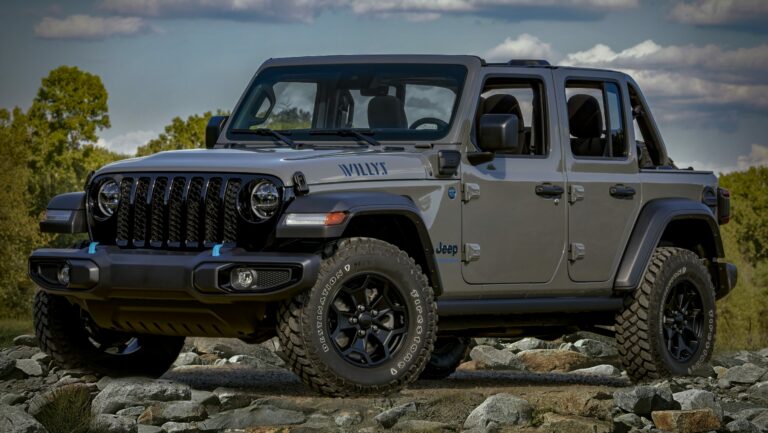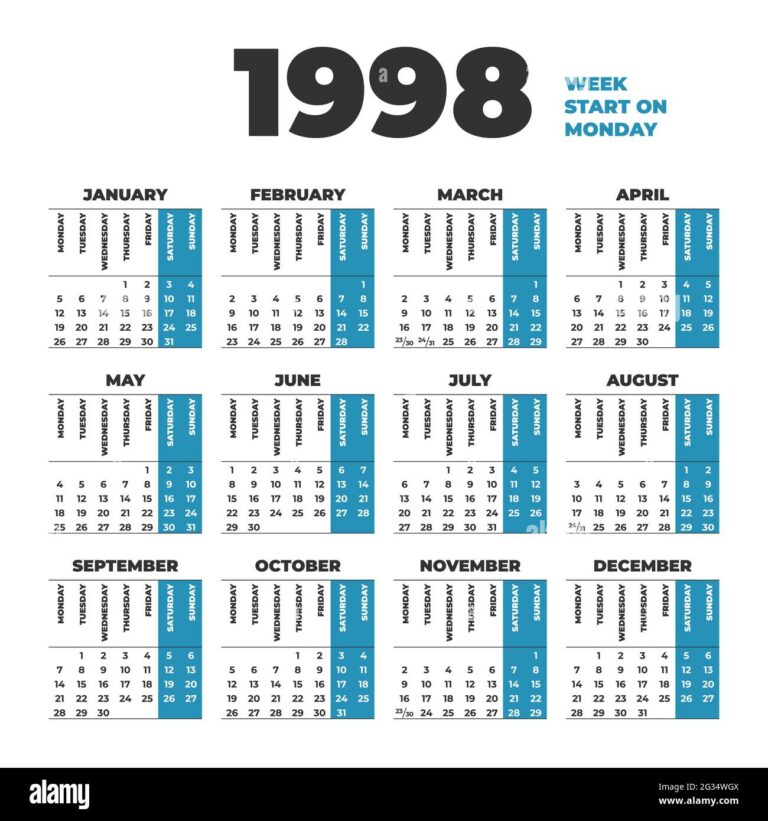How Much Do Jeep Wrangler Cost: A Comprehensive Guide to Owning the Icon
How Much Do Jeep Wrangler Cost: A Comprehensive Guide to Owning the Icon jeeps.truckstrend.com
The Jeep Wrangler isn’t just a vehicle; it’s a statement, a lifestyle, and for many, the ultimate expression of freedom and adventure. From its iconic seven-slot grille to its removable doors and roof, the Wrangler embodies a spirit of rugged capability and endless customization. But before you embark on your off-road escapades or simply cruise with the top down, a fundamental question looms large: "How much does a Jeep Wrangler cost?"
The answer, much like the Wrangler itself, is multifaceted and highly variable. It’s not a simple price tag but rather a spectrum influenced by myriad factors: whether you’re buying new or used, the specific trim level, optional features, engine choice, and perhaps most significantly, the often-overlooked ongoing costs of ownership and customization. Understanding these elements is crucial for anyone considering joining the ranks of Wrangler owners, ensuring your dream vehicle doesn’t turn into a financial headache. This comprehensive guide will dissect the various layers of Jeep Wrangler pricing, providing a clear roadmap to navigate its cost landscape.
How Much Do Jeep Wrangler Cost: A Comprehensive Guide to Owning the Icon
New Jeep Wrangler Models: Decoding the MSRP and Trim Levels
When you step onto a dealership lot, the first prices you’ll encounter are the Manufacturer’s Suggested Retail Price (MSRP) for new models. The Wrangler lineup is diverse, offering a range of trims designed to cater to different budgets and intended uses, from the entry-level Sport to the hardcore Rubicon and the powerful Rubicon 392, not forgetting the innovative 4xe hybrid.
Here’s a breakdown of the primary new Wrangler models and their approximate starting MSRPs (as of late 2023/early 2024, subject to change):
- Jeep Wrangler Sport (2-Door/4-Door): The most accessible entry point. It’s a no-frills, capable off-roader that serves as an excellent blank canvas for customization. It comes standard with a soft top, manual windows, and a basic infotainment system.
- Starting MSRP: ~$32,000 – $36,000
- Jeep Wrangler Willys (2-Door/4-Door): A step up from the Sport, the Willys pays homage to the original military Jeeps with a more rugged appearance and enhanced off-road features like a limited-slip rear differential, rock rails, and larger tires.
- Starting MSRP: ~$36,000 – $40,000
- Jeep Wrangler Sahara (4-Door Only): This trim blends off-road capability with a more refined, comfortable, and tech-savvy interior. It’s often seen as the "daily driver" Wrangler, featuring body-color fender flares, upgraded wheels, and more premium interior materials.

- Starting MSRP: ~$43,000 – $47,000
- Jeep Wrangler Rubicon (2-Door/4-Door): The undisputed king of off-road capability in the standard lineup. The Rubicon is engineered for extreme trails, boasting heavy-duty axles, electronic locking differentials, a disconnecting sway bar, and a lower transfer case gear ratio.
- Starting MSRP: ~$45,000 – $50,000
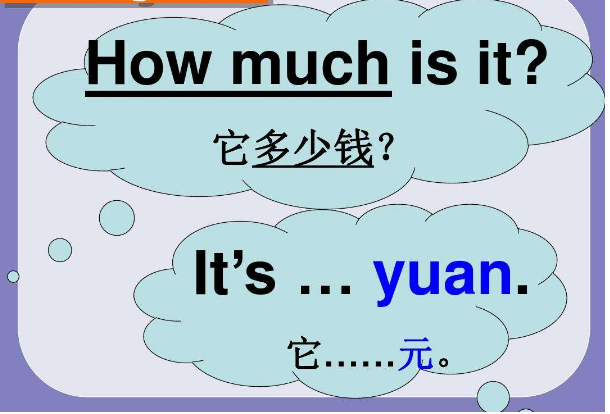
- Jeep Wrangler High Altitude (4-Door Only): The epitome of luxury in the Wrangler lineup, offering premium leather interiors, advanced safety features, and body-color everything for a sleek, monochromatic look.
- Starting MSRP: ~$55,000 – $60,000
- Jeep Wrangler Rubicon 392 (4-Door Only): The performance beast, housing a monstrous 6.4L HEMI V8 engine under the hood. This is for those who demand uncompromising power and speed alongside legendary off-road prowess.
- Starting MSRP: ~$87,000 – $92,000
- Jeep Wrangler 4xe (4-Door Only): The innovative plug-in hybrid model that combines electric efficiency with gasoline power, offering impressive torque and surprisingly good fuel economy for a Wrangler. It’s available in multiple trims like Willys 4xe, Sahara 4xe, Rubicon 4xe, and High Altitude 4xe.
- Starting MSRP (Willys 4xe to High Altitude 4xe): ~$52,000 – $70,000+

It’s important to remember that these are starting MSRPs. The final price can escalate significantly once you factor in additional features and packages.
Optional Features & Packages: Driving Up the Price
The beauty of the Wrangler lies in its configurability, but every added option comes with a cost. These choices can easily add thousands, or even tens of thousands, to the base price:
- Engine Choices: While most trims come standard with the 3.6L Pentastar V6, you might opt for the 2.0L turbocharged engine, the 6.4L HEMI V8 (exclusive to the 392), or the 4xe plug-in hybrid powertrain, all of which carry a premium.
- Transmission: While a 6-speed manual is standard on some lower trims, most buyers opt for the 8-speed automatic transmission, which is an extra cost.
- Top Options: The standard soft top can be swapped for a hardtop (black or body-color), a power soft top (Sky One-Touch Power Top), or a premium Sunrider soft top, each with varying price tags.
- Technology & Infotainment: Upgrades like the larger Uconnect touchscreen, navigation, premium Alpine audio system, and integrated off-road cameras add convenience and cost.
- Safety & Driver-Assist Features: Advanced features like blind-spot monitoring, rear cross-path detection, adaptive cruise control, and parking sensors are often bundled into packages.
- Appearance & Comfort: Heated seats and steering wheel, leather upholstery, specific wheel designs, fender flares, and exterior paint colors (especially premium colors) all contribute to the final sticker price.
- Capability Enhancements: Heavy-duty electrical group, tow packages, Mopar accessories (like winches or lift kits installed at the factory), and upgraded axle ratios can quickly increase the cost for serious off-roaders.
Used Jeep Wranglers: A More Affordable Entry Point?
For many, the cost of a new Wrangler is prohibitive, making the used market an attractive alternative. Jeep Wranglers are renowned for holding their value exceptionally well, but buying used can still offer significant savings.
Factors influencing used Wrangler prices include:
- Model Year and Generation: Newer JL (2018-Present) and JK (2007-2018) generations command higher prices than older TJ (1997-2006) or YJ (1987-1995) models.
- Mileage: Lower mileage typically means a higher price, though Wranglers are known for their durability.
- Condition: Excellent condition, both mechanically and cosmetically, will fetch a premium.
- Trim Level: A used Rubicon will always be more expensive than a used Sport from the same year.
- Modifications: This is a double-edged sword. Well-done, desirable modifications (quality lift kit, aftermarket bumpers, winches) can add value, but poorly executed or extreme mods might deter some buyers or signal potential issues.
- Location: Prices can vary based on regional demand.
General Used Price Ranges (Highly Variable):
- JL Generation (2018-Present): ~$28,000 – $65,000+ (depending on year, trim, and condition)
- JK Generation (2007-2018): ~$15,000 – $35,000 (a sweet spot for many buyers)
- TJ Generation (1997-2006): ~$8,000 – $20,000 (classic, often well-loved and modified)
- YJ Generation (1987-1995): ~$5,000 – $15,000 (more for enthusiasts or project vehicles)
When buying used, always get a pre-purchase inspection from a trusted mechanic, especially one familiar with Jeeps. Review the vehicle’s history report (CarFax, AutoCheck) to check for accidents, title issues, or flood damage.
The Hidden Costs of Wrangler Ownership
The purchase price is just the down payment on your Wrangler adventure. Several ongoing expenses can significantly impact the total cost of ownership:
- Insurance: Wrangler insurance premiums can be higher than average due to several factors: their off-road capability (higher risk of accidents), higher theft rates in some areas, and the cost of repairing specialized components. Premiums vary widely based on your location, driving record, and chosen coverage. Expect to pay anywhere from $100 to $300+ per month.
- Fuel Economy: With the exception of the 4xe, Wranglers are not known for their fuel efficiency. Larger tires, lift kits, and the boxy aerodynamic profile contribute to lower MPG ratings. The 3.6L V6 typically gets around 18-20 MPG combined, while the Rubicon 392 can dip into the low teens. This can add significantly to your monthly budget, especially with rising gas prices.
- Maintenance & Repairs: While generally robust, Wranglers have their quirks. Routine maintenance is standard, but specialized parts or off-road repairs can be more expensive. Aftermarket modifications can sometimes void warranty components or lead to unexpected issues. Regular fluid changes, tire rotations, and chassis lubrication are critical, especially if you off-road.
- Modifications & Customization: This is arguably the biggest "hidden" cost and a major part of the Wrangler experience. From lift kits and larger tires to custom bumpers, winches, lights, and interior upgrades, the sky’s the limit. A basic lift and tire package can easily run $2,000 – $5,000, while a full build can exceed $20,000-$30,000 without breaking a sweat. It’s an addiction for many, so budget accordingly!
- Registration & Taxes: Depending on your state, annual registration fees and sales tax on the purchase can be substantial.
Financing & Leasing Considerations
Most buyers don’t pay cash for a Wrangler, so financing or leasing becomes part of the cost equation:
- Financing: A traditional auto loan involves a down payment, interest rates, and a fixed monthly payment over a set term (e.g., 60 or 72 months). A larger down payment and a shorter loan term will reduce the total interest paid. Your credit score will significantly impact the interest rate you qualify for.
- Leasing: Leasing typically offers lower monthly payments compared to financing, but you don’t own the vehicle at the end of the term. Lease agreements often have mileage restrictions (e.g., 10,000-15,000 miles per year), which can be an issue for those who drive a lot or plan extensive off-road adventures. Wranglers generally have strong residual values, which can make leasing attractive, but watch out for wear-and-tear charges at lease end.
Tips for Saving Money on a Jeep Wrangler
- Negotiate: Don’t pay MSRP for a new Wrangler. Dealers often have wiggle room, especially on less popular trims or during sales events.
- Consider a Lower Trim: A Sport or Willys can be thousands less than a Sahara or Rubicon. You can always add aftermarket parts to enhance capability or comfort later, often at a lower cost than factory options.
- Buy Used: This is often the most significant way to save. Focus on well-maintained examples from the JK generation for a good balance of modern features and affordability.
- Shop Around for Insurance: Get quotes from multiple insurance providers. Rates can vary dramatically for the same coverage.
- DIY Maintenance (If Capable): Simple tasks like oil changes, air filter replacements, and basic accessory installations can save you labor costs.
- Prioritize Modifications: Decide what modifications are truly essential for your intended use. You don’t need a full suspension lift and 37-inch tires if you only plan on light trail use.
- Take Advantage of Promotions: Look for manufacturer incentives, special financing rates, or dealership discounts.
Jeep Wrangler Cost Overview Table (2024 Model Year Estimates)
| Model Trim (4-Door Unless Noted) | Key Differentiators | Starting MSRP (Est.) | Target Buyer | Avg. Used Price (JK/JL, Est.) |
|---|---|---|---|---|
| Sport (2D/4D) | Basic, Manual Soft Top, Entry-Level Off-Road Capability | $32,000 / $36,000 | Budget-Conscious, Customization Base | $18,000 – $30,000 |
| Willys (2D/4D) | 33-inch Tires, Rock Rails, Limited-Slip Diff, Willys Graphics | $36,000 / $40,000 | Enhanced Off-Road, Classic Look | $22,000 – $35,000 |
| Sahara | Body-Color Fenders, Premium Interior, Tech Upgrades | $43,000 | Daily Driver, Comfort-Focused | $28,000 – $45,000 |
| Rubicon (2D/4D) | Electronic Lockers, Disconnecting Sway Bar, Heavy-Duty Axles, 33-inch Tires | $45,000 / $50,000 | Serious Off-Road Enthusiast | $30,000 – $55,000 |
| High Altitude | Premium Leather, Body-Color Exterior, Advanced Tech & Safety | $55,000 | Luxury-Oriented, Urban Explorer | $40,000 – $60,000 |
| Rubicon 392 | 6.4L HEMI V8 (470hp), Fox Shocks, Extreme Performance | $87,000 | Power Enthusiast, Ultimate Performance | $70,000 – $85,000 |
| Wrangler 4xe (PHEV) | Plug-in Hybrid, Electric Range, High Torque, Quiet Operation | $52,000 (Willys 4xe) | Eco-Conscious, Trail/Commute Balance | $40,000 – $60,000 |
| Sahara 4xe | PHEV + Sahara Features | $57,000 | Premium Hybrid Daily Driver | $45,000 – $65,000 |
| Rubicon 4xe | PHEV + Rubicon Off-Road Capability | $61,000 | Hybrid Off-Road Enthusiast | $50,000 – $70,000 |
Note: Prices are estimates and subject to change based on market conditions, options, and dealer markups. Used prices are highly variable based on condition, mileage, and modifications.
Frequently Asked Questions (FAQ)
Q1: Why are Jeep Wranglers so expensive?
A1: Wranglers are expensive due to several factors: their unique design and capability (specialized components for off-roading), high demand, strong brand loyalty, and excellent resale value. The extensive customization options also contribute to higher final prices.
Q2: Do Jeep Wranglers hold their value well?
A2: Yes, Jeep Wranglers are among the best vehicles for retaining their value. Their iconic status, rugged durability, and high demand in both new and used markets contribute to slow depreciation.
Q3: Is a 2-door or 4-door Wrangler more expensive?
A3: Generally, the 4-door (Unlimited) Wrangler models are more expensive than their 2-door counterparts due to more materials, increased passenger capacity, and often more standard features.
Q4: What’s the cheapest Jeep Wrangler model you can buy?
A4: The Jeep Wrangler Sport 2-door is typically the cheapest new model available. For used, older TJ or JK generation Sport models will be the most affordable.
Q5: How much does it cost to lift a Jeep Wrangler?
A5: The cost to lift a Wrangler varies greatly. A basic 2-inch spacer lift might cost $500-$1,000 (parts and labor), while a comprehensive 3.5-inch suspension lift with new shocks, springs, and control arms can range from $2,000 to $8,000+, depending on brand and complexity.
Q6: Is the Wrangler 4xe worth the extra cost?
A6: The 4xe offers significant advantages like instant torque, impressive fuel economy for a Wrangler (especially on shorter commutes), and a quiet electric-only mode for off-roading. Whether it’s "worth it" depends on your driving habits, access to charging, and how much you value the hybrid benefits over the upfront cost.
Q7: What’s the average insurance cost for a Jeep Wrangler?
A7: Average insurance costs for a Wrangler can range from $1,200 to $3,600+ per year ($100-$300+ per month). Factors like your age, location, driving history, trim level, and coverage limits will heavily influence your premium.
Conclusion
The question of "How much does a Jeep Wrangler cost?" is far from straightforward. It’s a complex equation involving initial purchase price, a dizzying array of options, the fluctuating used car market, and the often-underestimated ongoing expenses. From the raw, adventurous spirit of the Sport to the luxurious capability of the High Altitude and the power of the Rubicon 392, there’s a Wrangler for nearly every budget and aspiration.
Ultimately, owning a Jeep Wrangler is more than just buying a vehicle; it’s an investment in a lifestyle. Understanding the full financial picture – from the sticker price to insurance, fuel, maintenance, and the inevitable call of customization – is key to enjoying your iconic ride without breaking the bank. With careful planning and a clear understanding of your needs, you can find the perfect Wrangler that fits both your adventurous spirit and your financial reality.
